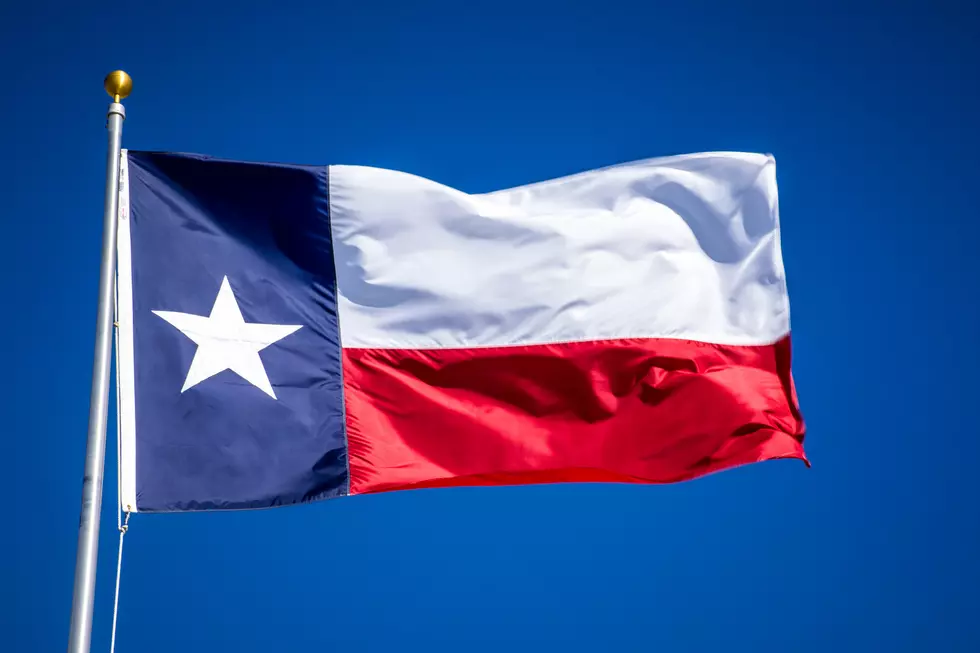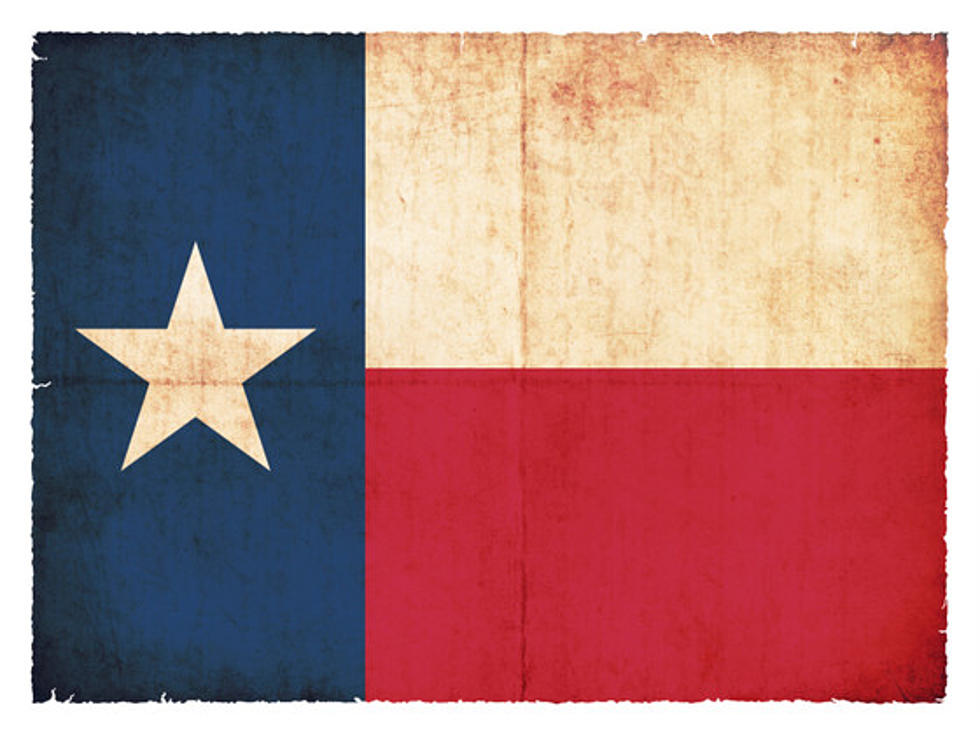
Texas Declared Independence From Mexico On This Day in 1836
On March 2, 1836, delegates from the then Mexican territory of Tejas signed the Texas Declaration of Independence. 136 miles away, General Antonio López de Santa Anna was laying siege to the Alamo.
Relations between Mexico and its northern territory had always been tense, especially after Americans were invited to begin settling there with the understanding that they'd enjoy life under a republic similar to what they'd experienced in the U.S.
In 1824, about three years after Mexico won its independence from Spain, Mexico established a federal republic that further encouraged immigration. However, in 1830, Mexican President Anastasio Bustamante, fearing rumors of annexation of the Tejas territory by the U.S., passed laws that called for an end to immigration, eliminated certain contracts and protections in Texas, and called for Texans to abide by Mexico's anti-slavery laws.
The immigration ban was lifted in 1833 thanks to the efforts of Stephen F. Austin, but in 1834, President Santa Anna abolished the Mexican Constitution of 1824 and established a military dictatorship. Austin at first called for Texas to become a separate Mexican state and demand its rights, but soon joined the growing movement calling for complete independence from a government many felt was overbearing and incapable of ensuring security and U.S.-style governance.
Things came to a head on October 2, 1835 when the people of Gonzales refused to give up a cannon that had been granted to them by the Mexican government in 1831. The Battle of Gonzales is considered by many to be the first battle of the Texas Revolution, which would end on April 21, 1836 when General Sam Houston defeated Santa Anna's forces at the Battle of San Jacinto.
While the first shot of the Texas Revolution may have been fired at Gonzales, the signing of the Texas Declaration of Independence on March 2, 1836 marks the moment that any notion of Texas remaining a part of Mexico was dropped and the territory officially declared itself a separate republic.
The Republic of Texas would last until February 18, 1846, when Texas (which became the 28th state on December 29, 1845) officially retired the name and embraced statehood.

While Texans are proud Americans, our independent spirit endures and most people might tell you they're Texans first. We like to do things our own way. It's just in our blood.
I've only managed to condense a fraction of the rich history that led to Texas declaring independence into this article. There are tons of great resources and books giving a broader picture and exploring different perspectives out there. If I may recommend one, I would say take a look at Randolph B. Campbell's 'Gone to Texas: A History of the Lone Star State'. I read it back in college and it's a fantastic and informative read for anyone interested in digging into the politics of revolutionary Texas.
We should always remember too that the revolution wasn't fought solely by Anglos. Many Tejanos fought for independence as well at great personal cost.
The video below also breaks down some of the complicated issues that ultimately led to revolution. (Don't let the joke about 18 seconds in throw you off - the host goes on to explain why things were so complex.)
By the way, did you know Phil Collins is an Alamo fanatic? The legendary English musician owns an impressive collection of Alamo artifacts that are now on temporary display at the historical site. The collection includes Santa Anna's battle orders for the final attack on the mission.
You can check out the collection now through April 25 at the Alamo museum. Many of the artifacts will later be featured in a permanent museum space expected to open in spring of 2022.
(Fun Fact: Today is also Sam Houston's birthday.)
CHECK THEM OUT: 100 years of Christmas toys, gifts and fads
KEEP READING: Scroll to see what the big headlines were the year you were born



